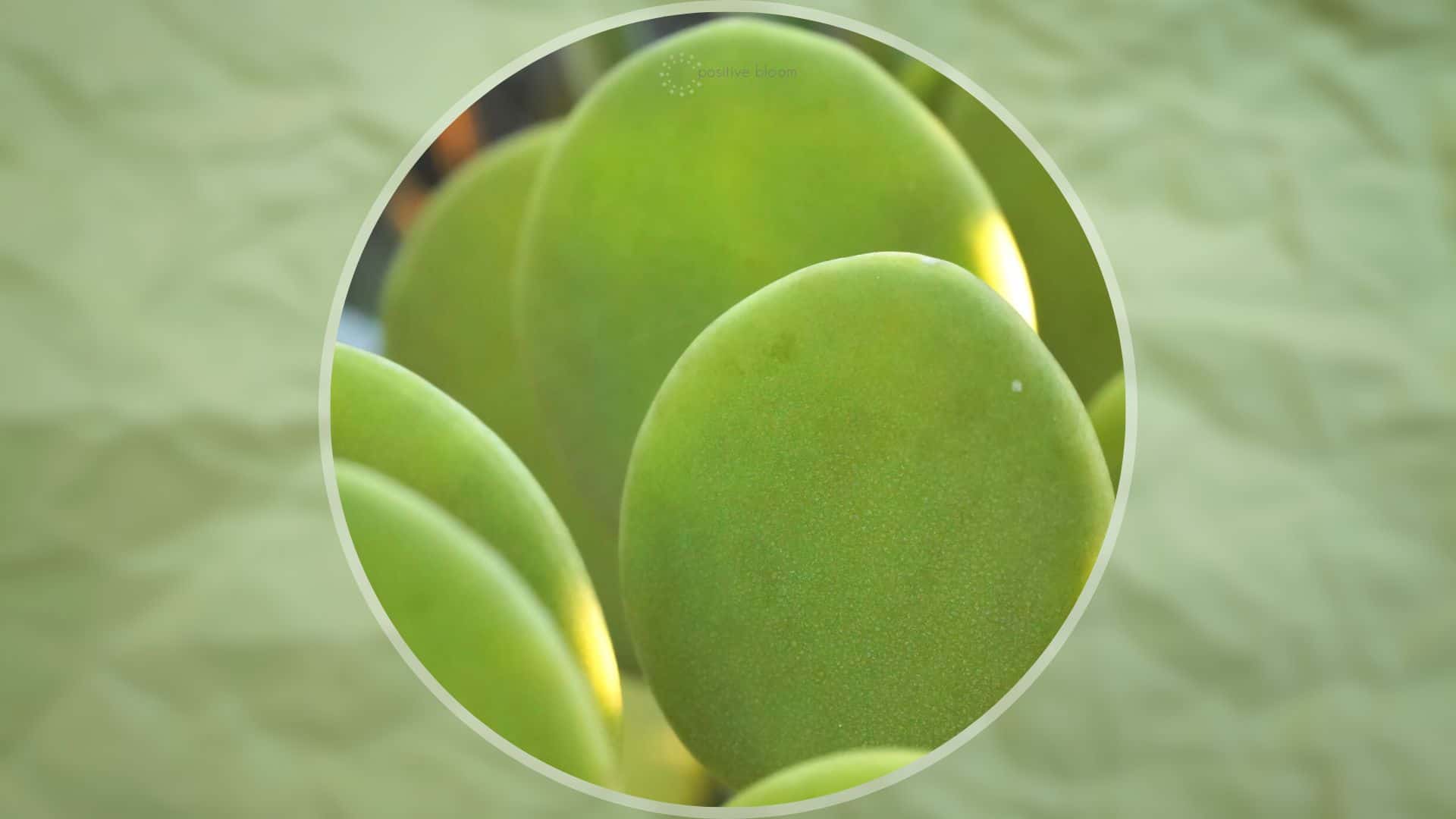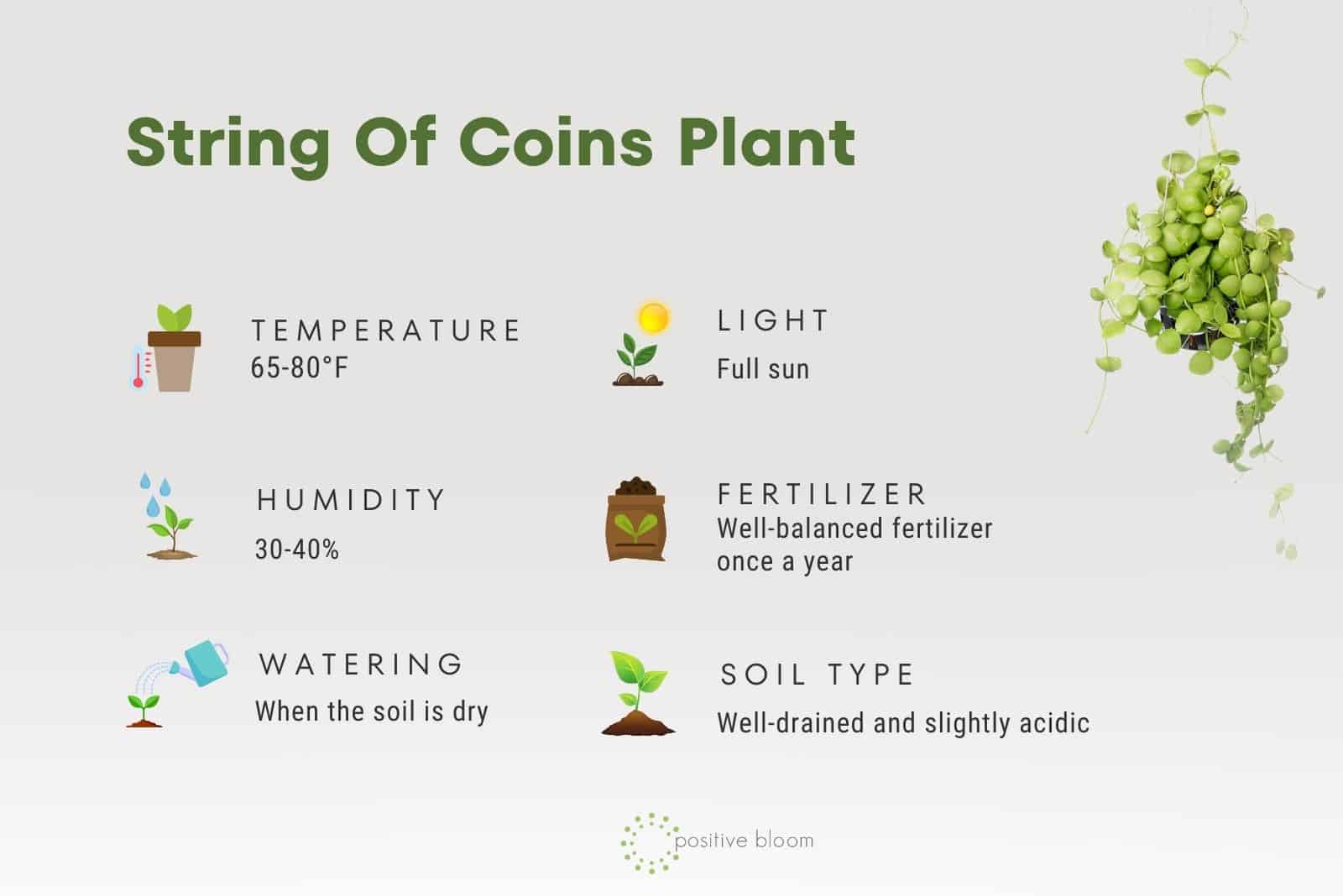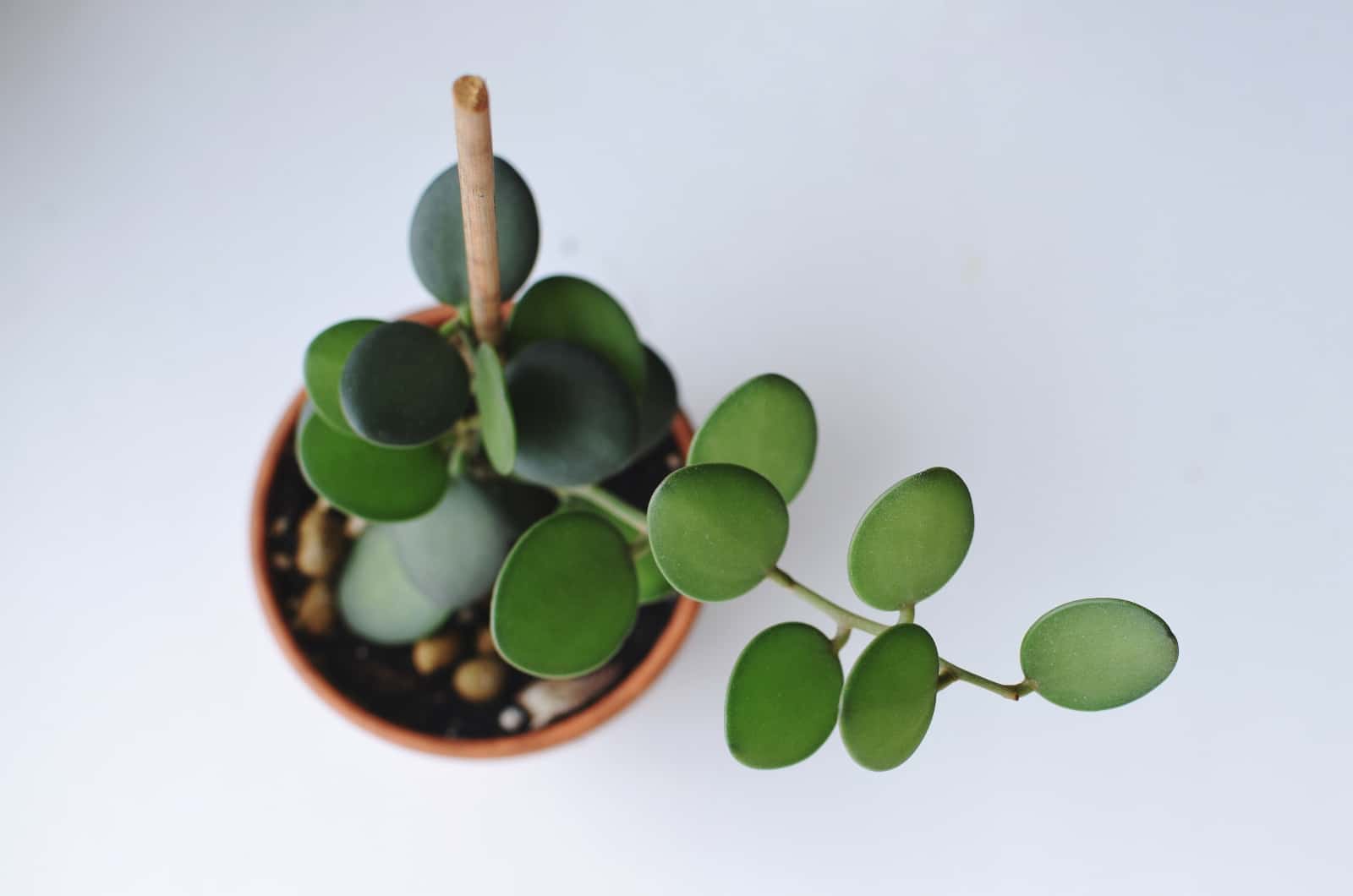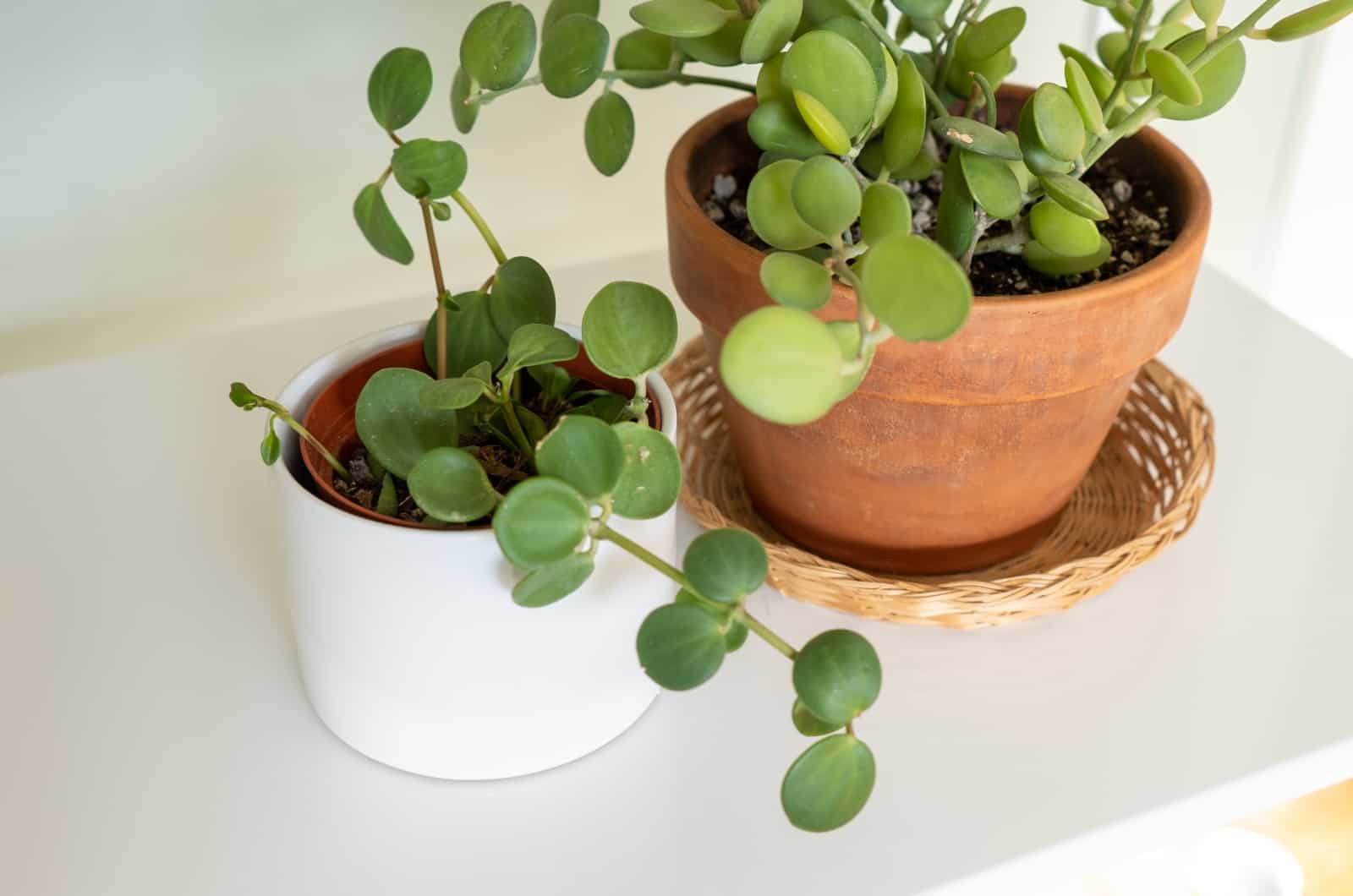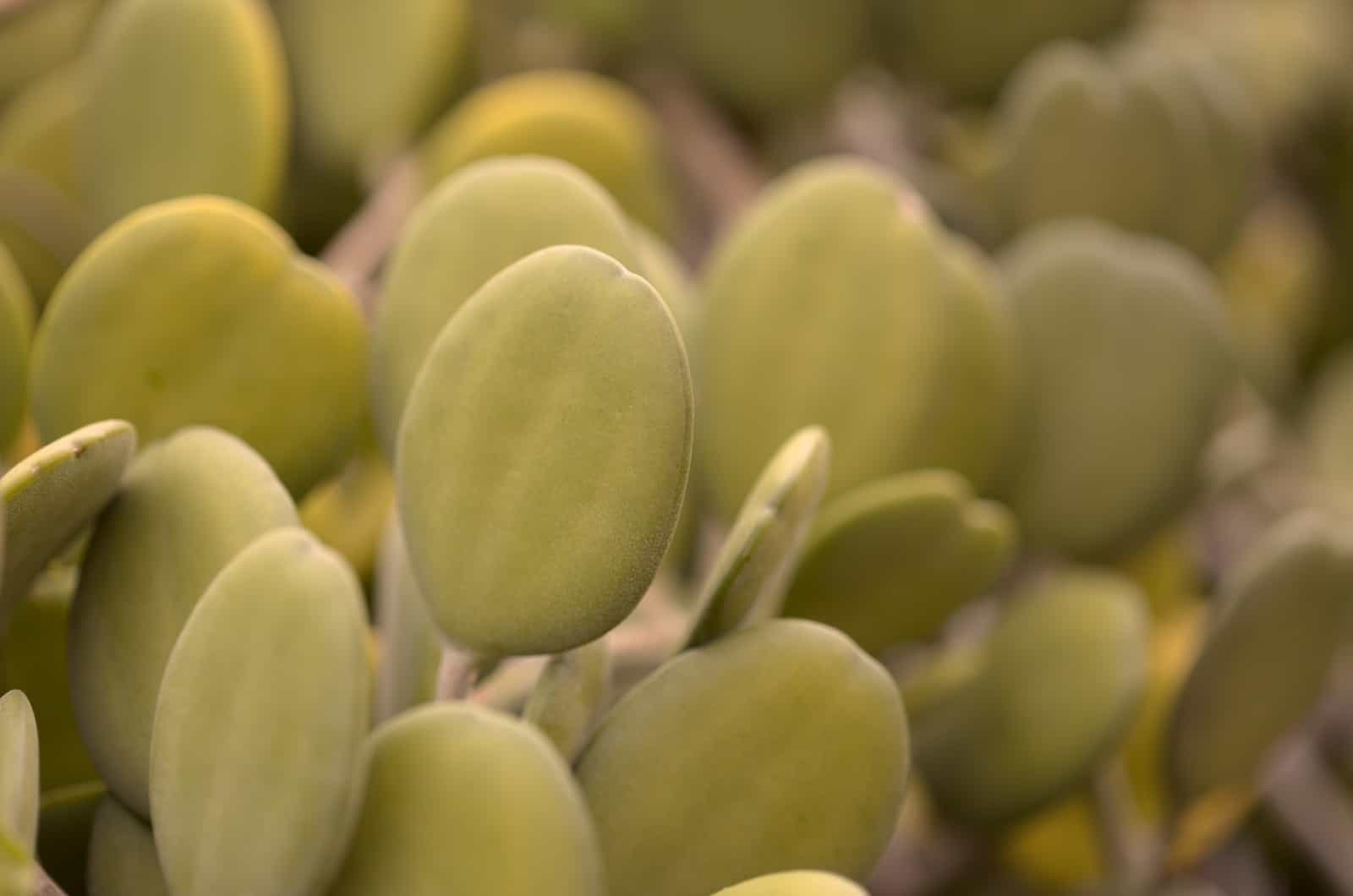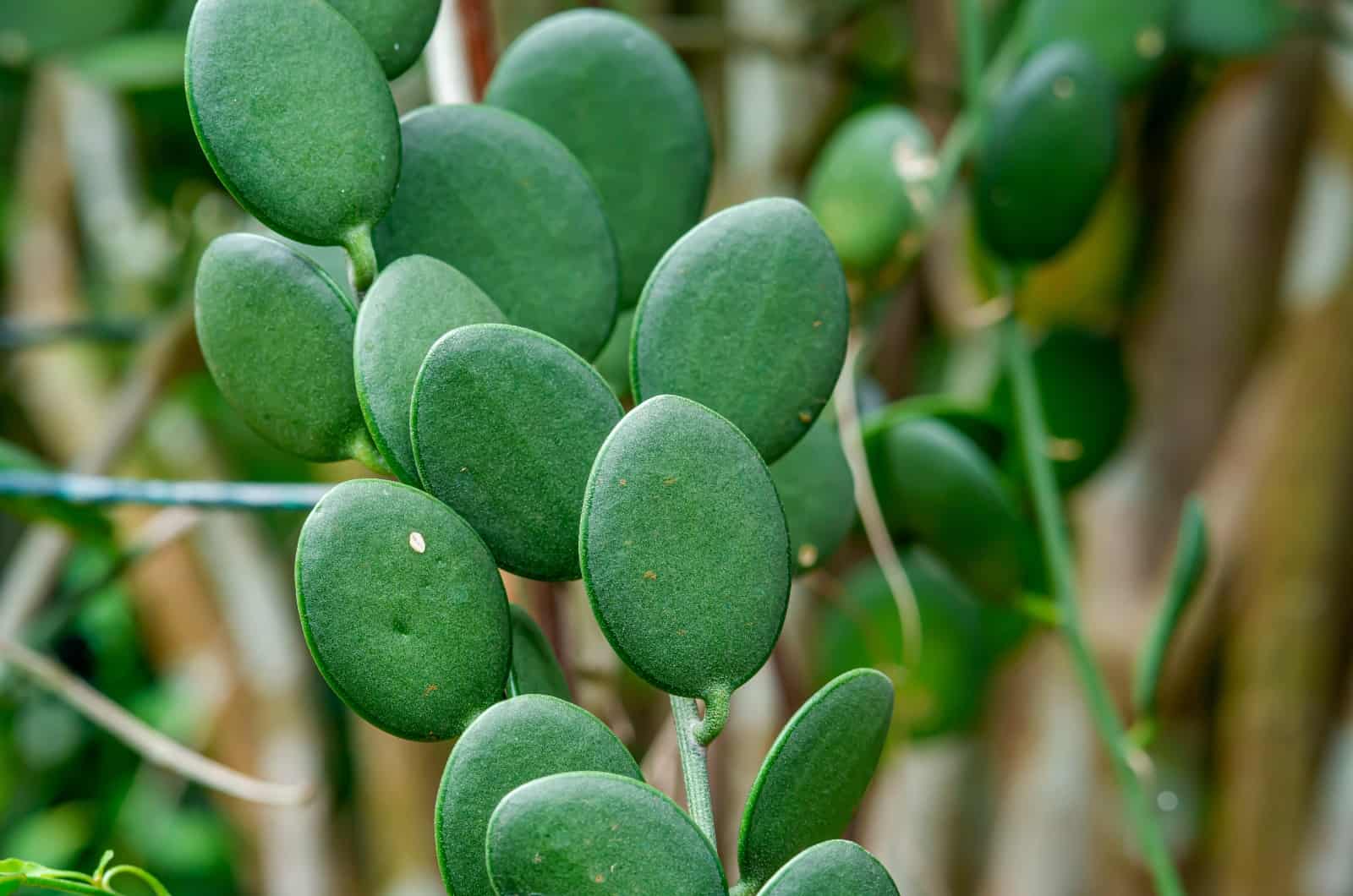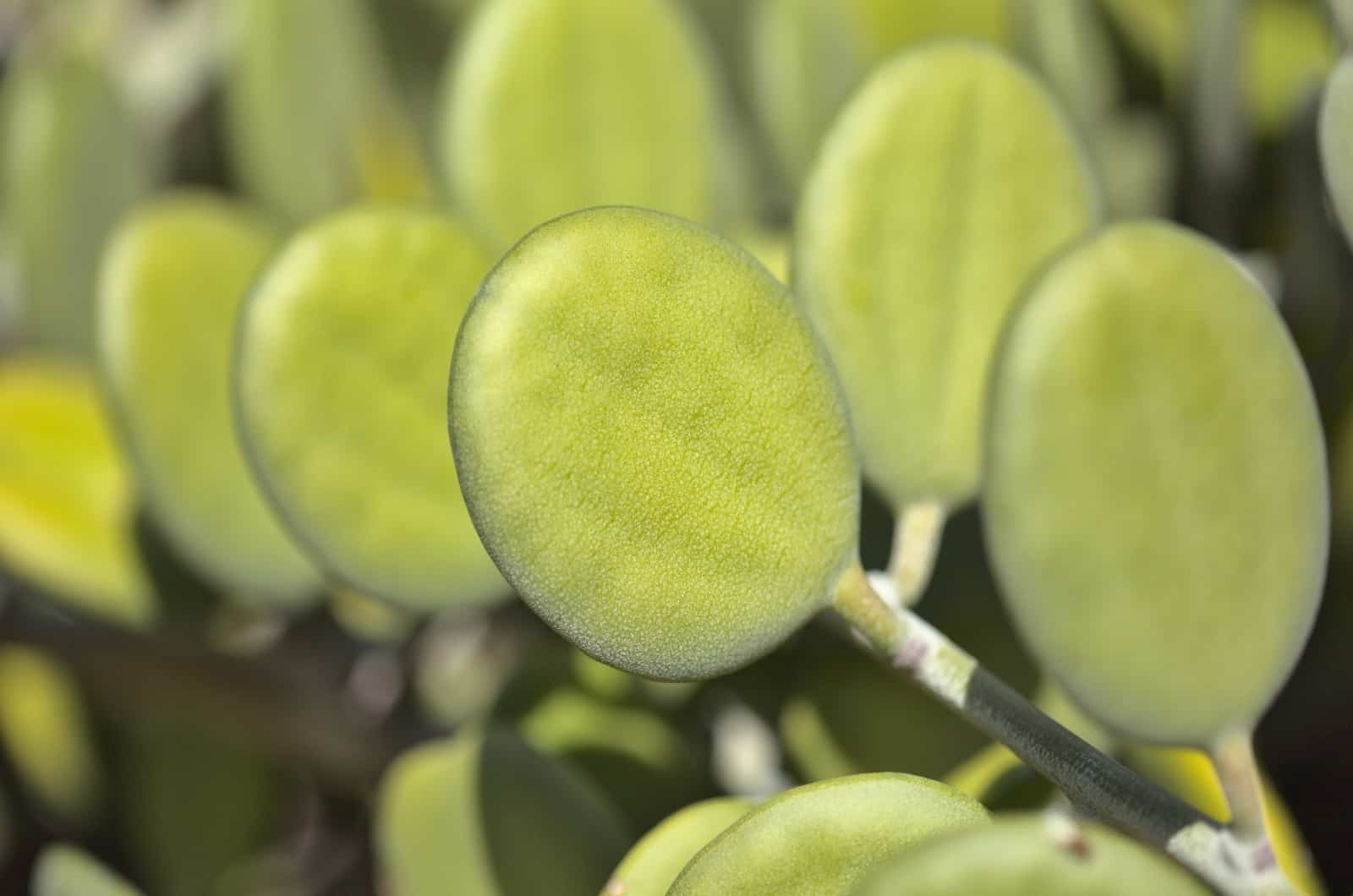Hanging plants are a great addition to any home, and not just because of their beauty. Most of them are quite easy to care for, and the same goes for the string of coins plants.
The silver-green color of its round foliage is attractive wherever you place it, but you should generally opt for locations with bright light for optimal growth and health.
Of course, light requirements aren’t the only important thing you need to know when tending to this plant, so we’ll bring you even more useful information in the following sections.
This plant can also succumb to certain issues such as insect attacks and infections, and we’ll discuss treatment and prevention to help you out.
We’ll get to all those questions shortly, but let’s first examine this plant more carefully:
| Family | Cucurbitaceae |
| Genus | Xerosicyos |
| Scientific name | Xerosicyos danguyi |
| Common names | String of coins, silver dollar plant/succulent, dollar vine, penny plant |
| Plant type | Perennial |
| Native habitat | Madagascar |
| Size | Approximately 10-15 feet long |
| Growing season | Spring through fall |
| USDA hardiness zone | 9-11 |
String Of Coins Plant Care
The dollar vine requires indirect light, fast-draining potting soil, and occasional watering when it dries out.
However, you should also learn a thing or two about its preferred temperature range, humidity, fertilization, and repotting, so we’ll include all those things in this care guide too.
And if you want to multiply it to keep your string of tears company, check out our propagation tips below.
Let’s begin!
Light Requirements
The silver dollar plant thrives in full sun conditions where they can get plenty of direct light throughout the day. Therefore, it’s perfect for hot Floridian summers.
It can tolerate some partial shade, but the brightest color and fastest growth rate can only be achieved in full sun.
And if you want to take it indoors and display it in a hanging basket, you can keep it near a south- or east-facing window.
This succulent doesn’t mind bright indirect light, but it will grow rather slowly, so bear that in mind before placing it in such a location.
Water And Humidity
The dollar vine requires moisture only when the soil is dry since too much water will lead to root rot.
The general watering rule is to irrigate your plants more when the temperature is higher and your plant gets plenty of light.
During its growing season, this plant might need to be watered every day, especially if you keep it outdoors and in direct sunlight.
In winter, you should water this plant once its leaves start to crease. This plant stores some moisture in its leaves, and only when it starts using it should you irrigate it a bit more.
You can water it with distilled or rainwater since they don’t contain minerals such as fluoride and chlorine, which can build up in the vessels of your plant and hinder the uptake of moisture and nutrients.
You can also use rice water from time to time since the nutrients in it can give it a slight boost and affect plant growth positively.
Humidity
This plant flourishes in average home humidity (30-40%), so you won’t have to get a humidifier or mist your plant constantly.
We live in a fairly humid region, but that doesn’t have to be a reason for not getting certain plants. We just have to water certain varieties less frequently if we keep them outside because the moisture evaporates more slowly.
Temperature
The temperature range in which the string of coins can survive is between 25-105 degrees Fahrenheit.
However, these plants grow best when the day temperature is between 65-80 degrees Fahrenheit and nighttime temperatures are no lower than 50 degrees.
Since these plants can tolerate quite high temperatures, you can keep them outdoors the entire summer, although you should warm them up a bit during winter, especially if you live in cooler regions.
Lastly, don’t place them near drafty windows, air conditioners, heaters, doors, etc., since these areas experience sudden temperature swings which may hurt your plant.
Soil And Fertilizer
The string of coins thrives in potting soil for cactus and succulent plants, meaning it requires excellent drainage.
You can get ready made blends or you can make one yourself by adding perlite or horticultural sand to a high-quality potting medium.
When mixing your own substrate, bear in mind that this plant needs a slightly acidic medium with pH between 6.0-6.5 for optimal water and mineral uptake.
Fertilizer
This succulent plant doesn’t need too much fertilizer, so you can get away with feeding it once a year with a slow-release blend.
Apply well-balanced plant food at the beginning of its growing season and water it deeply to prevent root burn.
You can also use liquid fertilizer dissolved in water, but you will have to use them more frequently, which only increases your chores.
Repotting
General succulent care doesn’t require frequent repotting, and your string of coins will probably thrive if you move it to a larger container once every two years.
However, if you notice that the plant has overgrown its planter or that its roots are poking through the drainage holes, you should repot it immediately.
Rootbound plants cannot absorb moisture and minerals properly, which makes them weak.
Choose a planter one size larger and with drainage holes to prevent waterlogging, and transfer your dollar vine to it along with its trellis.
(We prefer using terracotta pots for our succulents since they are more porous and allow for better drainage.)
Pruning
The good news is that the succulent vines of the silver dollar plant don’t require regular pruning to be healthy.
However, if you want to manage your plant’s growth or shape it a bit, you can snip the tips of each vine. And if you take a couple of leaf nodes, you can propagate the stems and get more new plants.
Of course, you should remove any parts that seem diseased and old since they only waste your plant’s energy.
You can prune this plant whenever you want, especially if you’re removing diseased growth, but if you want to cause as little stress as possible you should do it in spring or summer when it can put on some new growth.
We advise trimming it during its growing season if you want to remove more than just an inch or two of the vines.
Propagation
There are various propagation methods that work for different plants, but the string of coins responds well to the reproduction of stem cuttings, or rather, vine cuttings.
Step 1. Take a healthy cutting with plenty of foliage and cut it into smaller portions so that each part has about 2-3 leaves.
Step 2. Set the cut vines aside so that their wound can close and they form a callus. You can also skip this step, but the propagation has a higher success rate if the wounds close.
Step 3. Plant the cuttings in a cactus soil mix and water them deeply.
Step 4. Keep the medium moist and expose your stems to bright light to provide them with the best growing conditions.
After about six weeks, the root system should completely develop. You can check that by trying to pull the young plant, and if it doesn’t come right out, the roots have grown.
Here are some more tips for multiplying the silver dollar vine:
Common Issues With The String Of Coins
One of the things that we love about this plant is that it isn’t that susceptible to pest infestations, so it’ll be fairly safe from any nuisances wreaking havoc in your yard.
However, it can succumb to root rot if you overwater it, and you can read about how to save it in the following sections.
Pests
Even though this plant has high pest-resistance, it can still fall victim to aphids, mealybugs, scales, spider mites, and similar insects.
A healthy string of coins is fairly safe from them, but a weak and overwatered one definitely isn’t. Therefore, you should tend to your plant with the utmost care in order to keep it healthy and pest free.
And if some bugs do still appear on it, you can get rid of them with pesticides such as horticultural oils or diatomaceous earth (which are more organic options).
Disease
The most common fungal infection that afflicts this succulent vine is root rot. It develops as a result of overwatering, although heavy soil and lack of drainage holes can increase the risk of waterlogging.
The most common symptoms of root rot include droopiness, yellowing of the foliage, stunted growth, and an unpleasant smell spreading from the container.
If you notice any of these signs, you should look more closely into the plant’s root system and remove any dark and soft parts.
Afterwards, you can apply some fungicide to the healthy parts to prevent the return of the disease (but this is optional), and pot your plant in a fresh growing substrate and clean planter.
Final Thoughts
The string of coins is an attractive vining succulent that is perfect for beginners due to its low-maintenance.
Simply provide it with plenty of sunlight, a bit of water when the soil is dry, and a fast-draining medium.
You can feed it once a year with a slow-release fertilizer to speed up its growth, repot it when you notice roots coming out of the holes in the bottom (or every two years just to refresh the soil), and prune the diseased and old foliage.
One of the great things about the silver dollar plant is that it is quite pest-resistant, so you don’t have to worry about bugs crawling all over it.
However, weak plants can get infested, so we included some tips for dealing with the infestation.
Finally, the dollar vine can succumb to root rot, which is why you should be mindful of how much water you give it, and monitor it to recognize the symptoms early and save your plant.
Until next time!

